1. Intersex
1.1. Individuals born w/intermediate or nontypical combinations of male & female physical features
1.2. For Ex: Individual w/typical male hormones & testes but w/o a penis
2. Transgender People
2.1. Gender-identity can be different from the sex people were assigned at birth
2.1.1. Individuals should be referred to by their preferred pronouns
2.1.2. Transgender people may be heterosexual, gay, bisexual, or asexual (or have other identities)
3. Genders-Alike & Different
3.1. Social Power
3.1.1. Males more directive & dominant
3.1.2. Females more democratic & supportive
3.2. Aggression
3.2.1. Males more physical aggression
3.2.2. Females more verbal aggression (mean, gossip, etc.)
3.3. Social Connectedness
3.3.1. Boys play to be active & compete
3.3.2. Girls smaller groups, less competition
3.4. **Around age 50, gender differences subside
4. Social Learning Theory
4.1. We learn gender role behavior because:
4.1.1. We observe & imitate
4.1.2. We're rewarded or punished
4.2. Shapes gender schemus
4.2.1. Children learn a concept (schema) of what it means to be male of female=gender typing
4.2.2. They adjust their behavior accordingly
4.2.3. We organize the world based on gender by age 2 or 3
5. Gender
5.1. -1 of the basic ways we catergorize people
5.2. GENDER: characteristics a culture associates w/being male or female
5.2.1. Attitudes, Feelings, & Behaviors
6. Sex Chromosomes
6.1. Biological females have 2 X chromosomes
6.2. Biological males have 1 X & 1 Y chromosomes
6.3. Leads to biological differences b/t sexes
6.3.1. Genitalia, Secondary Sex Characteristics, Hormonal Differences
7. The Nurture of Gender
7.1. Gender is socially constructed.
7.1.1. Gender Role: a set of expectations (norms) about how men & women should behave
7.1.2. Gender Identity: a person's sense of being male or female, or another gender identity
7.1.3. Gender Expression: <Feminine.....Androgynous.....Masculine>

